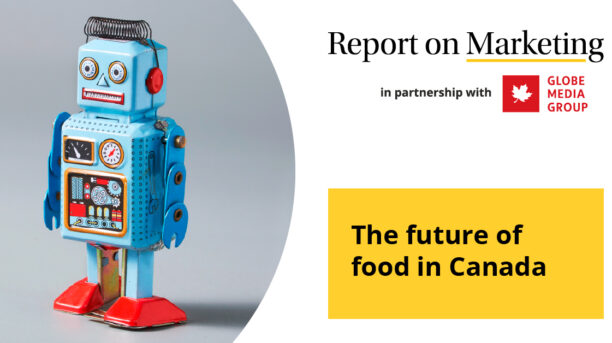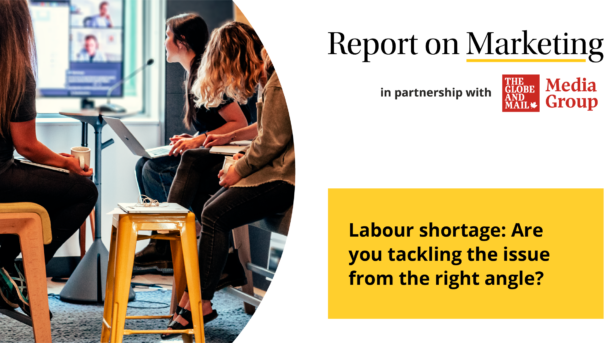
By Kris Davis, SVP Client Business, Media Experts
Crisis creates a sense urgency. A sense that as advertisers there is need to pivot, to reposition, to respond and to shift. Mix in all the talk of the current situation as a trend accelerant and there is a strong impetus to change, to be seen as rethinking your campaigns with impressive agility.
Hold on though. The essence of branding is differentiation. Much of the innovative work done in our industry has the intent of setting advertisers apart from their competition. The problem with this great pivot is that in the haste of it all everyone pivots to the same place. A place which quickly becomes crowded and generic but worse can end up being some distance from what the communication was originally intended to do. So before you pivot first think about how you can double down on the fundamentals; the fundamentals of a strong marketing and communication strategy.
This means being clear what your brand is all about – what it stands for – and continuing to connect with your core customers. In a crisis, fundamental principles like eSOV (your excess share of voice over your share of market) become more important than ever. As competitors pull back, the opportunity to grow your share of voice surfaces.
Staying ahead of where your audience’s attention is shifting to, where media value can be unlocked, and the context in which your message is being delivered are fundamental questions that are more important now than ever. This means staying true to your communication strategy and the role each channel in the mix plays, even if those channels have pivoted. Physical events and sponsorships may be on hold but the role they played in connecting with consumers remains. The opportunity? Look to virtual events and other forms of sponsorships that will continue to fulfil this role.
In a crisis the granular details of the here and now pull our focus towards it. While certain tactical adjustments where needed, I would argue that it’s just as important to zoom out and look at the bigger picture. To help, we’ve created a path forward for brands mapped into four stages. The idea being to lay the groundwork for emerging from this crisis in a stronger position and having deepened relationships with both existing and new customers.
Stage 1: The Initial Response
This was the reality brands faced during the first few weeks of major social distancing implementation measures. Here we saw the shifting, cancelling, and swapping out of inappropriate or hard sell messaging as consumers adjusted to the new reality. We quickly slid back down Maslow’s Hierarchy of Needs from self-actualization to an urgent focus on physiological needs. We are through this phase now.
Stage 2: The Settle In
While by no means complacent, consumers adapted to the new reality. In response, advertising moved primarily to in-home media. Here we see two areas that advertisers can leverage communications to play an impactful role.
The first is relief. Where can a brand bring a bit of joy, humor, and levity to connect and come together? This could be through direct messaging, sponsoring relevant content like movie nights or creating branded content.
The second is utility. What is the company doing
to support their workers and their clients? How have they adapted their hours
of operation or developed new protocols for engaging with customers?
These communication strategies will depend on what needs are being fulfilled in
Maslow’s Hierarchy. To do so, social monitoring is more important than ever. As
is staying true to brand values. In a crisis, brands that step in and do the
right thing can win the hearts of both existing and new customers. Conversely,
those that attempt to pile into spaces where they have no permission to play
risk wasting their money at best and facing backlash at worst. Just watch YouTuber Microsoft Sam’s “Every Covid-19 Commercial
is Exactly the Same” video for proof.
Boredom and isolation are now setting in. Everyone has baked their sourdough, some initial home hobbies are already on the wane, and a restless eye is cast to the future.
Stage 3: Preparing for Emergence
When we come out of this – and we will– it’s essential for brands to be prepared. During a crisis, people change behavior. They discover new needs, break existing patterns, and evaluate new options. This presents opportunities to gain share in an existing segment and introduce brands to new segments.
Developing a plan with broader reach will help connect with new consumers. This includes testing against new segments or new moments in the consumer’s journey to determine where a brand can play, and identifying emerging consumer needs that your product or service could potentially satisfy.
Equally important in this stage is that return to the fundamentals. The work of Binet and Field soundly highlights the positive impact of brand building on long-term margin and profitability. In a downturn, as sales decline, the default is to focus too heavily on short-term sales messaging at the expense of brand building. Maintaining a balance of brand and tactical messaging will yield the best results, both in the short-term and long-term.
Stage 4: The Near Future
During this stage, we will start to see if behavioural shifts and tech adoptions during the crisis either solidify or dissolve as consumers fall back into old routines. The key will be designing a communications plan with the flexibility to pivot: to match consumers attentionnew behavioursand evolving media content.
Production challenges will likely mean a lack of scripted content for the fall, meaning more movies, reality TV, news and animated series. Live sports is plotting a comeback from the sidelines, with major events as early as June. There are already signs of fatigue setting in around not only COVID-related content, but also escapist content like cooking.
William Davenant made the clever observation that “calamity is the perfect glass wherein we truly see and know ourselves.” What is true for people in a crisis is also true for the media industry. Yes, the crisis has accelerated certain trends that were already underway, but it also helped differentiate the merely cool and interesting approaches from a strategy based on fundamental which will build a solid foundation for future success based on connection, convenience and utility.
Media Experts are a member of the Institute of Communication Agencies. Report on Marketing is where leading Canadian agencies showcase their insights, cutting-edge research and client successes. The Report on Marketing provides a valuable source of thought leadership for Canadian marketers to draw inspiration from. Find more articles like this at the Report on Marketing.
See all Ideas & Insights


